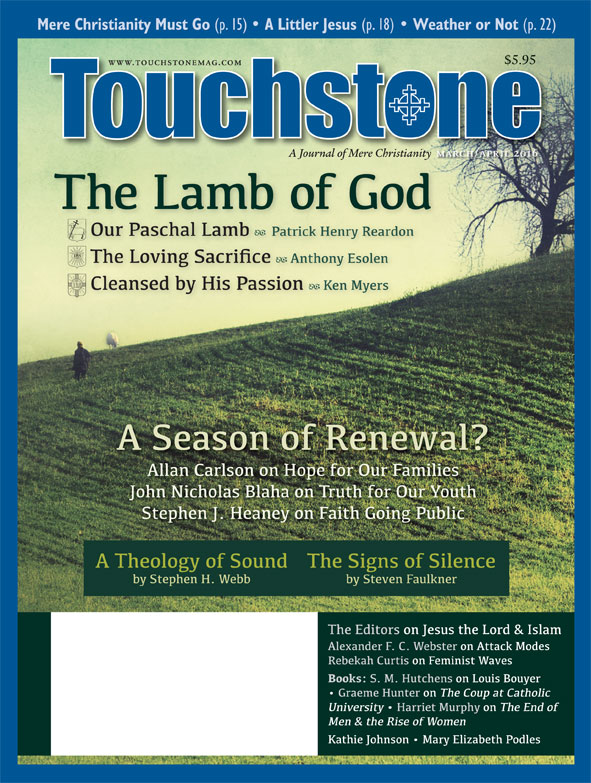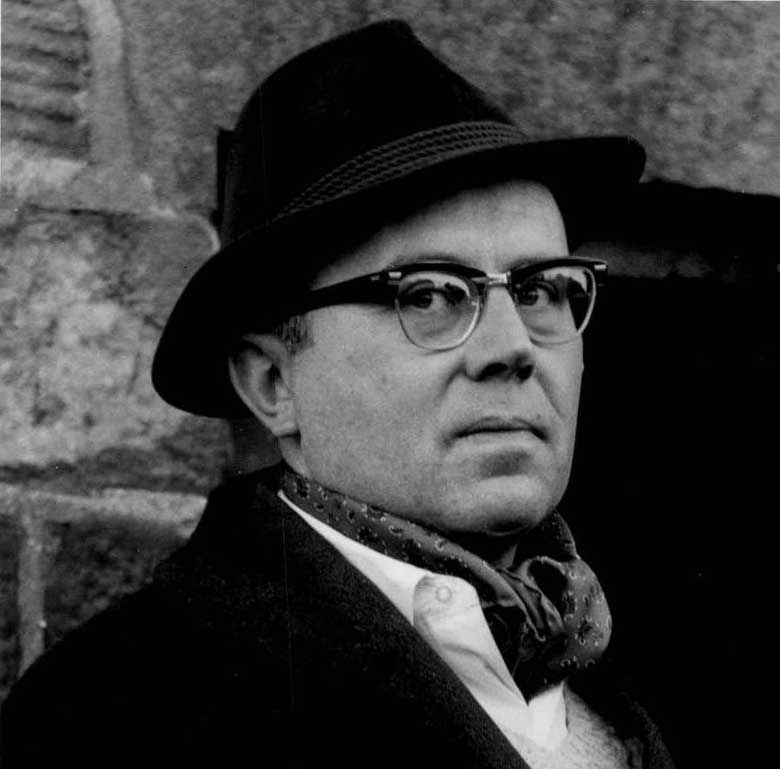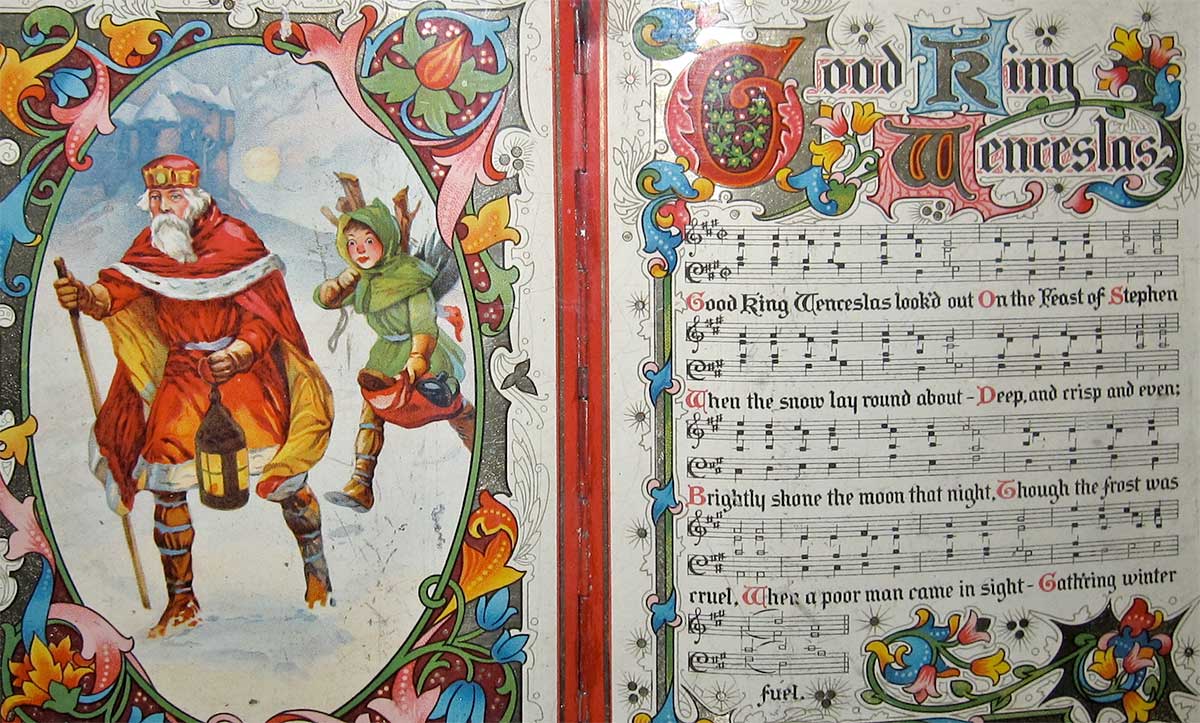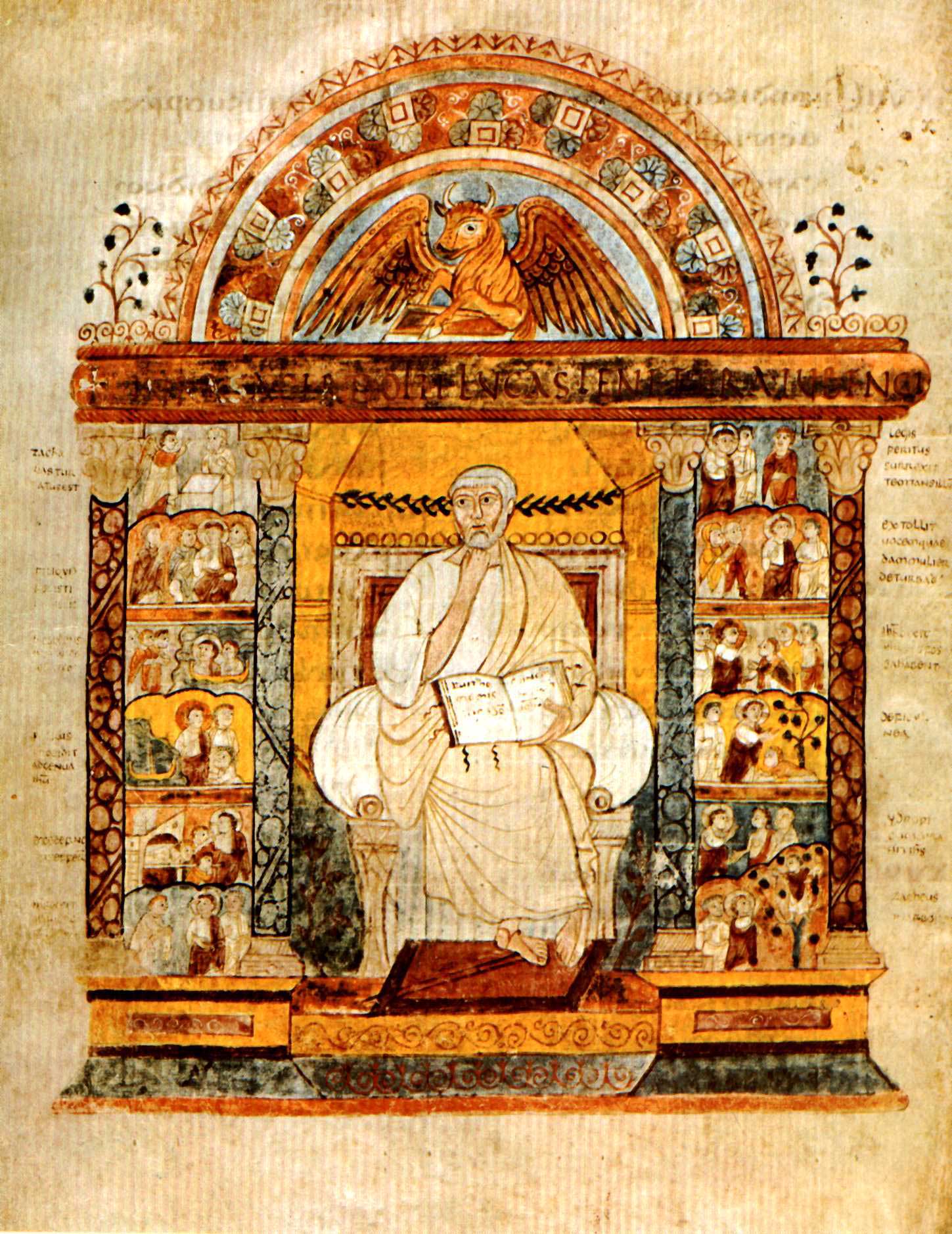Truth for Youth
Newman's Insight into the Predicament of Youth Today
The young Anglican priest and Oxford scholar John Henry Newman was on his way home to England from a lengthy visit to Italy. The year was 1833. During his travels with family and friends, as well as on his own, he had roamed through the cities and countryside, endured flea-infested lodgings, and contracted a fever that threatened his life. Years later, he would come to regard the whole experience as a purgation of self-will and a school of patience. But as his steps turned homeward, Newman found himself languishing for weeks in Palermo, awaiting favorable winds for his journey. While he waited, he devoted himself to poetic musing, wandering through the streets and into the churches of the beguiling town. His time away from his homeland had bestowed on him a strong sense that God had entrusted to him some great work to be accomplished in England; he was hardly able to bear the anticipation of setting about his life's principal task.
Soon after his return, Newman would become a leading figure in the Oxford movement, an intellectual and spiritual revival that sought to avoid what were regarded as the excesses of enthusiasm and rationalism in the Church of England. The revival sparked a series of controversies that would eventually lead to his conversion to Roman Catholicism, and that would continue to beleaguer him until his death in 1890. With the advantage of historical perspective, we can begin to surmise what Newman's life has meant for the wider world, yet it may be a surprising claim that one of the most precious things he bequeathed to us is a prescient insight into the predicament of young people today.
The drop in religiosity among youth in the years following high school and college has been an alarming development in recent decades, and sociologists are taking a closer look at the causes of this decline. One team of researchers, based at the University of Notre Dame and led by Christian Smith, has produced a body of research and interpretation that has parsed this trend in some depth. The project, known as the National Survey of Youth and Religion, provides a fascinating look at the trends that define our religious landscape—as well as providing a launchpad for a fruitful retrieval of Newman's thought.
Moralistic Therapeutic Deism
The trajectory of Christian Smith's research is a fascinating one. His 2005 book Soul Searching: The Religious and Spiritual Lives of American Teenagers, co-authored by Melinda Lundquist Denton, presents the results of a detailed study that continues to provide fruitful analysis a decade later. The study surveyed the religious perspectives of some two thousand teens, followed up with 267 face-to-face interviews that probed the personal outlook of the participants. Upon analyzing the vast quantity of gathered data, Smith concluded that teens largely subscribe to a set of beliefs that he has christened "moralistic therapeutic deism."
Summarized in general terms, moralistic therapeutic deism is belief in the moral guidance of a distant but benevolent God who makes no demands but is available for intervention in times of struggle. The identifying mark of an individual's "salvation" is the harvest of satisfaction, security, and comfort that follows inevitably from moral goodness, the standard of which might be summed up as the Golden Rule of Recess: Always play well with others. The teens whose beliefs fall within this broad category include at least nominal adherents of both Christian and non-Christian faiths, as well as those who claim to be atheist or do not otherwise associate with any particular religion.
Smith's summary of moralistic therapeutic deism would seem to contain little that would surprise any attentive observer of the contemporary American religious landscape. There are surprises, nonetheless. One remarkable finding is that teen religion has undergone a drastic change in tone. Gone is the archetypal rebellious, alienated, and edgy adolescent of yesteryear, eager to shake free of the dominion of adult hypocrisy and hungry for something—anything—as long as it is not of parental provenance. In spite of the fact that emerging adults are the least religious of all adults in America today, most of them are profoundly conventional with regard to religious belief. Over the question of religion, they sound much less like Holden Caulfield than like Theodore Cleaver.
Moral Intuitionism
In Souls in Transition, co-authored in 2009 with Patricia Snell, Smith follows the participants in his original study into their twenties. This stage, lately designated by sociologists as "emerging adulthood," spans the age range of 19–28, and should not be characterized either as an extension of adolescence or an anticipation of adulthood, but as a tertium quid marked by its own peculiarities. It is the result of several mutually related sociological developments, including the increased college enrollment after World War II, the postponement of marriage in particular and commitment in general, less stable career paths, and the greater willingness of parents to financially support their children well after they are fledged and leave home.
The religious views of emerging adults reflect their preoccupation with negotiating the transition into independent adulthood, but these views stand in continuity with their adolescent perspectives. Among the most significant that Smith notes is moral intuitionism. The majority of emerging adults are of the opinion that "what is morally good and bad . . . is self-evident to any reasonably interested person." Morality, according to this view, is wholly subjective: a matter of discovering one's own feelings and obeying them. Most people, in consequence, are basically good, and since it is not difficult either to know or to do good, religion isn't a determining factor in pursuing moral rectitude. It is a commonplace among emerging adults to point out that many nonreligious people are good, at least in terms of the broad standards held up by the culture. Religion is thus a helpful but entirely optional accessory to achieving moral goodness.
subscription options
Order
Print/Online Subscription

Get six issues (one year) of Touchstone PLUS full online access including pdf downloads for only $39.95. That's only $3.34 per month!
Order
Online Only
Subscription

Get a one-year full-access subscription to the Touchstone online archives for only $19.95. That's only $1.66 per month!
bulk subscriptions
Order Touchstone subscriptions in bulk and save $10 per sub! Each subscription includes 6 issues of Touchstone plus full online access to touchstonemag.com—including archives, videos, and pdf downloads of recent issues for only $29.95 each! Great for churches or study groups.
Transactions will be processed on a secure server.
more from the online archives
calling all readers
Please Donate
"There are magazines worth reading but few worth saving . . . Touchstone is just such a magazine."
—Alice von Hildebrand
"Here we do not concede one square millimeter of territory to falsehood, folly, contemporary sentimentality, or fashion. We speak the truth, and let God be our judge. . . . Touchstone is the one committedly Christian conservative journal."
—Anthony Esolen, Touchstone senior editor










